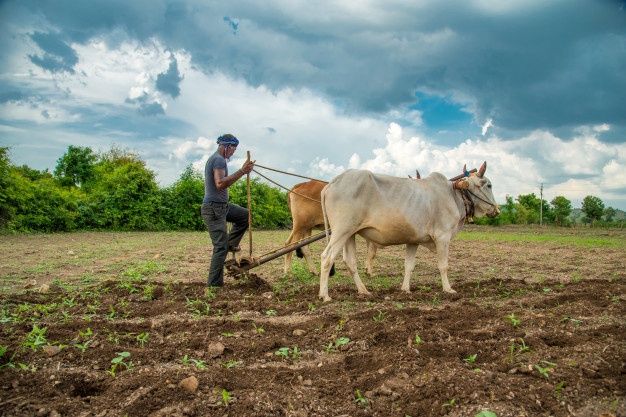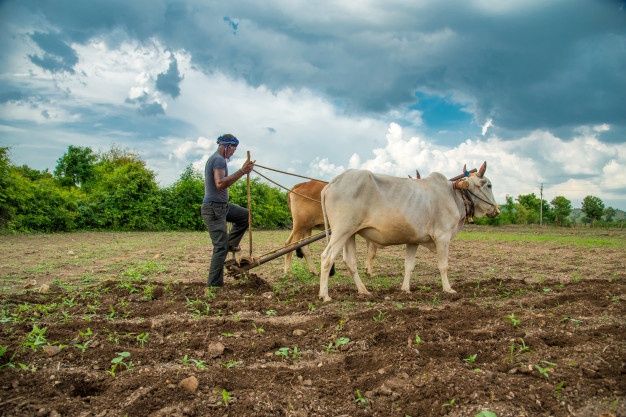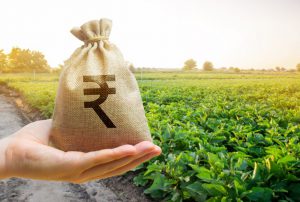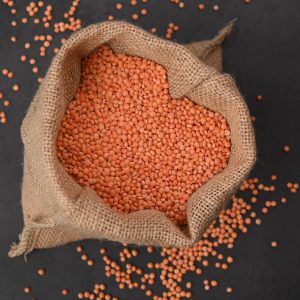India needs to usher in Green Revolution 2.0 with a view to promote farming of less water-intensive crops such as pulses and oil seeds and discourage free power for the agri sector, economic think tank GTRI said on Thursday. There is a need to “promote less water-intensive crops like pulses, oil seeds, and vegetables like pulses, oil seeds, and vegetables that can significantly reduce water demand and the government can guarantee MSP (minimum support price) on these crops,” the Global Trade Research Initiative (GTRI) report said.
It said that awareness among farmers should be increased about adopting water-saving technologies such as drip irrigation, laser land levelling, training on water-efficient techniques and precision agriculture to improve water use efficiency.
It also suggested ending free electricity for agriculture and introducing water pricing mechanisms that can discourage overuse and encourage conservation, besides educating farmers about the long-term consequences of unsustainable practices.
These recommendations assume significance as farmers in some states are protesting over their demands, which include a legal guarantee for minimum support price (MSP) for crops and farm debt waiver.
The MSP on rice and wheat and free electricity has made growing water-intensive paddy artificially cheaper, it said, adding this unfairly disadvantage eco-friendly, naturally grown paddy that relies on rain or canal water.
We need to usher in Green revolution 2.0 which would essentially be restoring crop mix that existed Pre Green revolution 1.0. We do not have any other option,” GTRI Founder Ajay Srivastava said.
It said that awareness among farmers should be increased about adopting water-saving technologies such as drip irrigation, laser land levelling, training on water-efficient techniques and precision agriculture to improve water use efficiency.
It also suggested ending free electricity for agriculture and introducing water pricing mechanisms that can discourage overuse and encourage conservation, besides educating farmers about the long-term consequences of unsustainable practices.
These recommendations assume significance as farmers in some states are protesting over their demands, which include a legal guarantee for minimum support price (MSP) for crops and farm debt waiver.
The MSP on rice and wheat and free electricity has made growing water-intensive paddy artificially cheaper, it said, adding this unfairly disadvantage eco-friendly, naturally grown paddy that relies on rain or canal water.
We need to usher in Green revolution 2.0 which would essentially be restoring crop mix that existed Pre Green revolution 1.0. We do not have any other option,” GTRI Founder Ajay Srivastava said.
Just two crops, paddy and wheat, account for around 90-95 per cent value of total MSP purchases and the maximum procurement of paddy is done in states like Punjab and Haryana.
Paddy, a water-intensive crop, consumes 2-3 times more water than alternative crops like maize or pulses. Every kilogram of paddy produced in Punjab consumes about 800-1,200 litres of water. Normally Punjab should not grow water-intensive paddy,” he said.
Paddy cultivation accounts for over 70 per cent of groundwater withdrawal and over 90 per cent of Punjab’s agricultural water comes from tube wells, and the number of active wells has increased exponentially in recent decades.
He said that as a result, the water table in Punjab is declining at an alarming rate of 0.4 metres per year, with some areas experiencing drops of up to 1 metre annually.
Farmers, incentivised by free electricity for tube wells, often lack the motivation to conserve water, further exacerbating the crisis.
“The MSP and free electricity schemes disadvantages environmentally sustainable, naturally grown paddy using rain or canal water by making water-intensive paddy artificially competitive,” the report said.
India has successfully defended its position at the WTO, keeping its local MSP programme unaffected and maintaining high tariffs on import of agricultural produce,” it said.
The US and other countries argue that India’s MSP support for wheat and rice exceeds the maximum 10 per cent price support permissible under the agreement. In 2020-21, India has reported its price support at about 15 per cent, but the US claims the support was 93.4 per cent.
This discrepancy arises from the AoA’s outdated method of calculating subsidies. It calculates subsidy by comparing the MSP not with the current market price but with the export price from 1986-89, known as the reference period.
Additionally, AOA considers the total production for calculation, not just the quantity bought under MSP.
Srivastava said that all this is a built-in design defect of the AOA that goes against India.
India got a reprieve from pressure during
from pressure during the WTO’s 2013 Bali Ministerial Conference, which adopted a ‘peace clause’ that allows India to continue with the MSP programme under strict conditions.
Although the Bali decision offered some relief, it is limited and has strict transparency requirements.
India and other developing nations are advocating for a permanent solution.
This will remain the most critical issue for India at the WTO’s 13th ministerial conference meeting in Abu Dhabi, which starts from February 26.
Visit us – https://shorturl.at/opHI0






